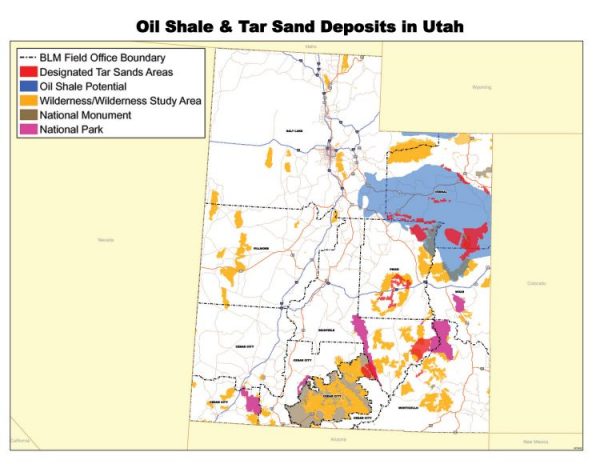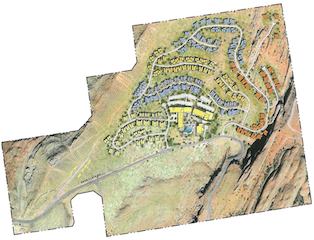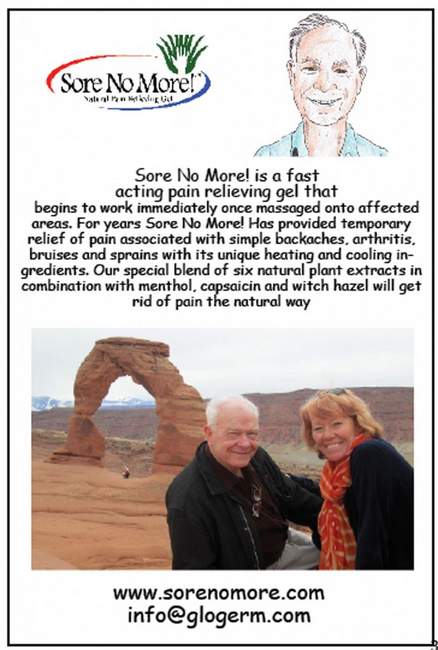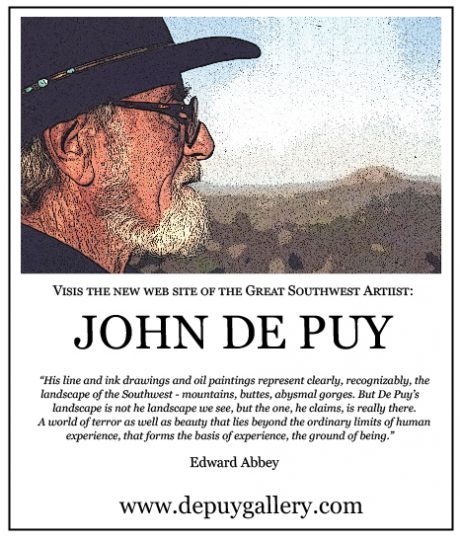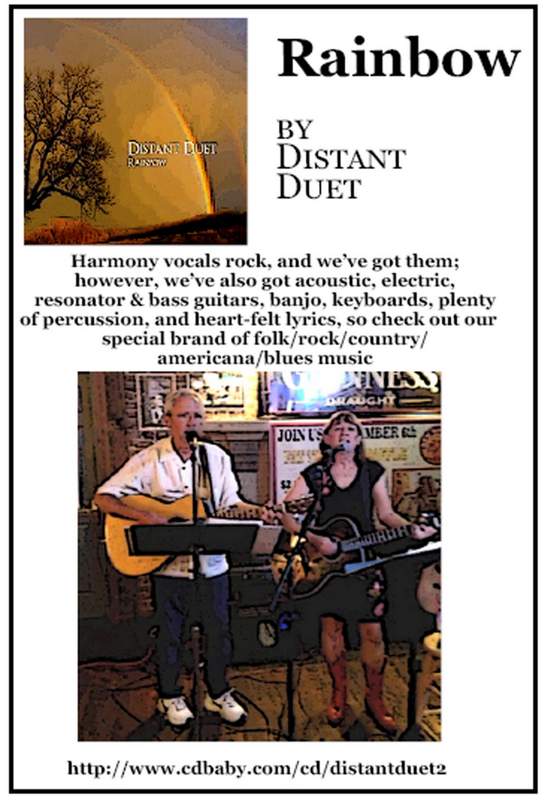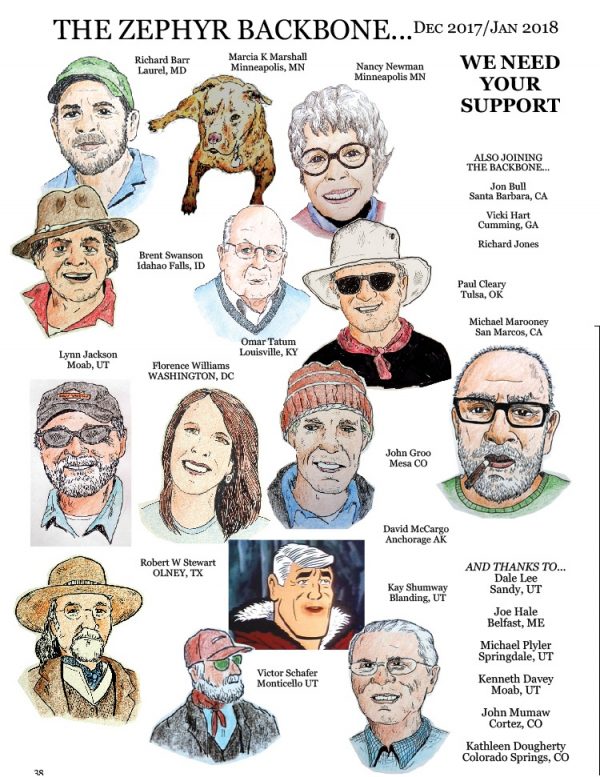As a counter to the monument designation, and in fact as a long standing response to what local and state governments consider federal overreach, there are some in Utah state and local governments like San Juan County who have advocated for the return of federally administered public lands to the states.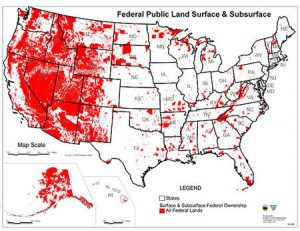
Many Americans believe that “public lands” were set aside specifically by the federal government for the multiple use and enjoyment of all Americans. In fact, most public land remaining in the West was once called the “land nobody wanted.” More specifically, the Homestead Act of 1862 allowed for the eventual settlement and development of more than 270 million acres of public land, most of it west of the Mississippi River, to more than 1.6 million homesteaders.
But to acquire the land, the settlers had to make it productive and in the parched desert southwest, it was almost impossible. Subsequently, much of those lands–millions of acres— became “public domain.”
Only since 1934 and the Taylor Grazing Act has the federal government imposed rules and regulations upon those lands. The BLM was established in 1946 and subsequent laws like the Federal Land Policy Management Act have implemented stronger controls on those public lands, resulting in conflicts and controversy that have only grown more heated in the past 40 years.
For sure, the percentage of lands owned by the federal government in the West is startling.
But returning those lands to the states could backfire on Utahns in ways they haven’t considered. Instead of boosting to Utah’s tax base and economy, it could drain it. Or, in an effort to avoid that kind of economic downside, the state could dramatically alter the rural character of the land and create the kind of urban meccas so many rural Utahns now fear.
Currently, the federal government compensates the states for those federal public lands in the form of “Payment-in lieu of Taxes (PILT). But could the State afford to lose PILT monies? And, if the state decided to sell off its acquired properties, lands now public could just as easily end up in private hands. As we’ve noted, not all federal lands are conducive to energy development.
Would they be tempted to sell or lease recreation lands rather than absorb the costs of administering them? In fact, they could end up being bought and paid for by the very same powerful forces who funded the Monument Campaign. Imagine vast acreages owned by Patagonia or Hansjorg Wyss. Imagine huge private land preserves, strictly controlled and accessible only by paid permit. These areas could be closed to all motorized vehicles.
And it’s entirely possible that we’d see the same kind of residential developments that are becoming more common on State Institutional Trust Lands (SITLA). The sell-off of lands to generate more state revenues via an increased tax base would almost be an inevitability.
It’s also important to note that SITLA has long been consolidating its state sections, in coordination with the BLM, and with the blessings and encouragement of most Utah environmental groups. Energy rich lands once administered by the federal government are being traded to SITLA. Very few Utah environmentalists have complained about those trades in the past.
Not only are state lands with oil and gas potential being scrutinized for their economic return, as we’ve noted before, tracts of SITLA land are being auctioned off for residential and commercial development to accommodate the expanding tourist economy. Just recently, SITLA announced plans to create a community of as many as 7000 at the south end of Spanish Valley in San Juan County.
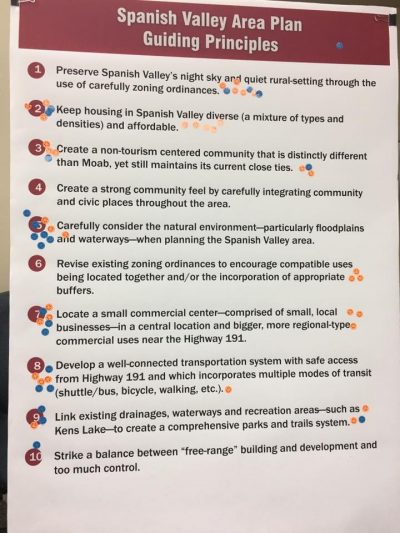 Called the “Spanish Valley Area Plan” and initiated by San Juan County, the proposal projects as many as 7300 new residents.
Called the “Spanish Valley Area Plan” and initiated by San Juan County, the proposal projects as many as 7300 new residents.Landmark Design, a landscape architecture firm that created the plan commented that, “We’re looking at the long- term development and how the area is going to grow over the future…Population-wise this is equivalent to the population of Moab. So in some sense it is as if we were planning for a larger community.”
And of course Moab and Utah State University continue to press ahead with a Moab campus on state lands that will forever alter the face of the Moab Valley. The Times-Independent recently reported, “A memorandum of understanding (MOU) to set the stage for the development of a satellite campus of Utah State University (USU) in Moab was signed on Thursday, Nov. 9 by Grand County Council Chair Jaylyn Hawks, Moab City Mayor Dave Sakrison and USU President Dr. Noelle Cockett. The memorandum, which calls for a $5 million fundraising effort to be undertaken by county and city leaders, was signed during a meeting of the USU-Moab advisory council at the campus of USU-Extension.”
If the State Land Board is willing to make these kinds of long-term choices for the development of public lands, there is no reason to the think the State of Utah wouldn’t have similar inclinations if it were to be given more control of lands now managed by the federal government.
It could change rural Utah in ways that are today unimaginable.
And finally, I believe it is a fair question to compare what often seems like frustrating and ridiculous over-regulation by the federal government on the one hand, and the serious lack of any meaningful oversight by the State of Utah on the other. Finding a balance between the two extremes has always been a challenge. Intelligently applied and meaningful rules and regulations, particularly as they apply to the health and safety of people, and the health and welfare of the land’s resources, is vital. Unnecessary overreach is counterproductive but so is doing nothing.


